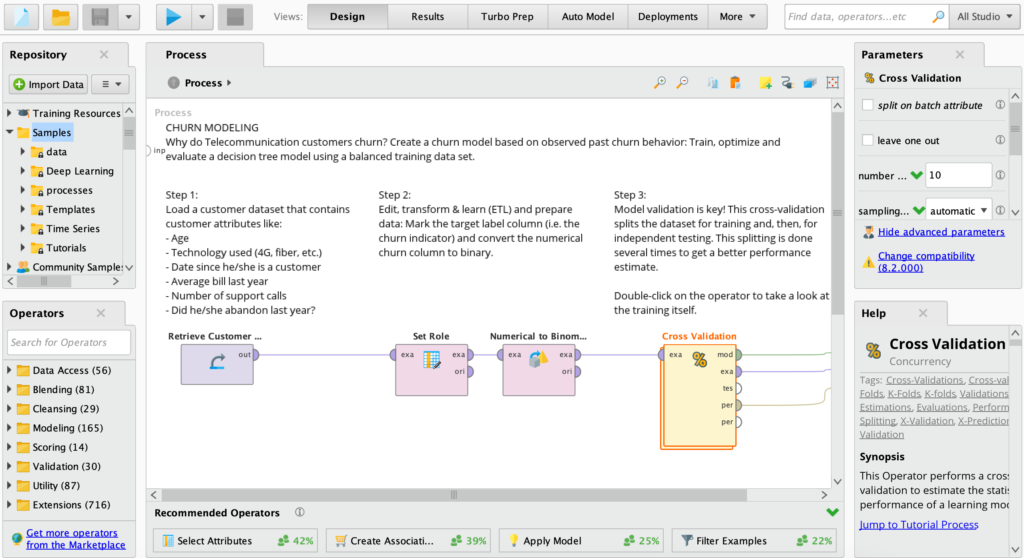

If you run out of system memory, some game assets are moved to your local storage device, though at this point the performance hit will be so significant that the game will almost certainly become unplayable. This is because at times you’ll run out of VRAM, forcing the operating system to tap into system memory. The graphics card you use can influence how much memory you’ll need for smooth gameplay, and in worst case scenarios the speed of your storage can also impact performance.įor example, last year we found using the GTX 1060 3GB would often result in higher system memory usage compared to the 6GB model. Challenge #1: picking the right hardware. We like to briefly discuss some of things for better understanding of our methodology and the challenges faced when testing system memory. When it comes to game testing, properly measuring the impact of RAM capacity is no easy task as there are many factors at play. So it’s best to research the requirements for the particular applications and workloads you intend on using.
#8gb vs 16gb ram data science pro#
Premiere Pro using 4K footage eats a lot of RAM, and this is where having 64GB or more will get you tangible benefits.

For general computing, it will really depend on the applications and even then, what you’re doing with said application. With that, for the 2018 version we're dropping the 4GB configuration and focusing on 8, 16 and 32GB capacities.Īs the title suggests the emphasis is on gaming. About this time each year we set on a memory capacity quest and last year's expedition lead us to conclude that for gamers 4GB is out, 8GB was the bare minimum, 16GB is the sweet spot and 32GB is overkill. Today we're looking into how much RAM you need to play the latest and greatest gaming titles released this year.


 0 kommentar(er)
0 kommentar(er)
